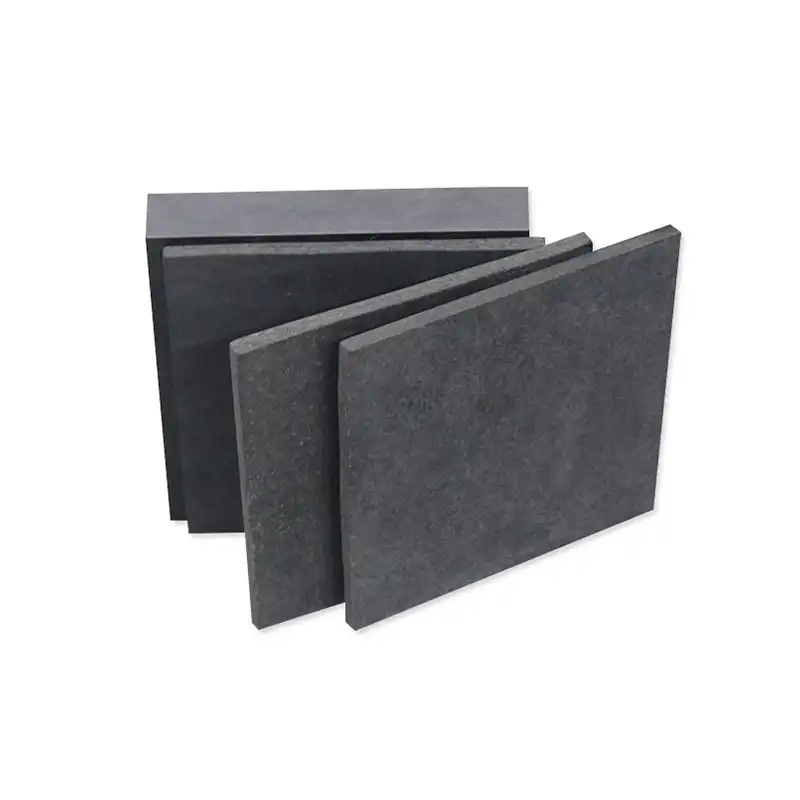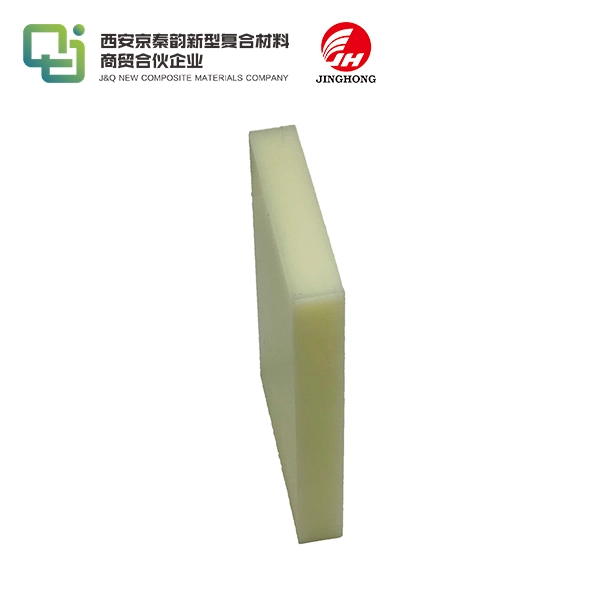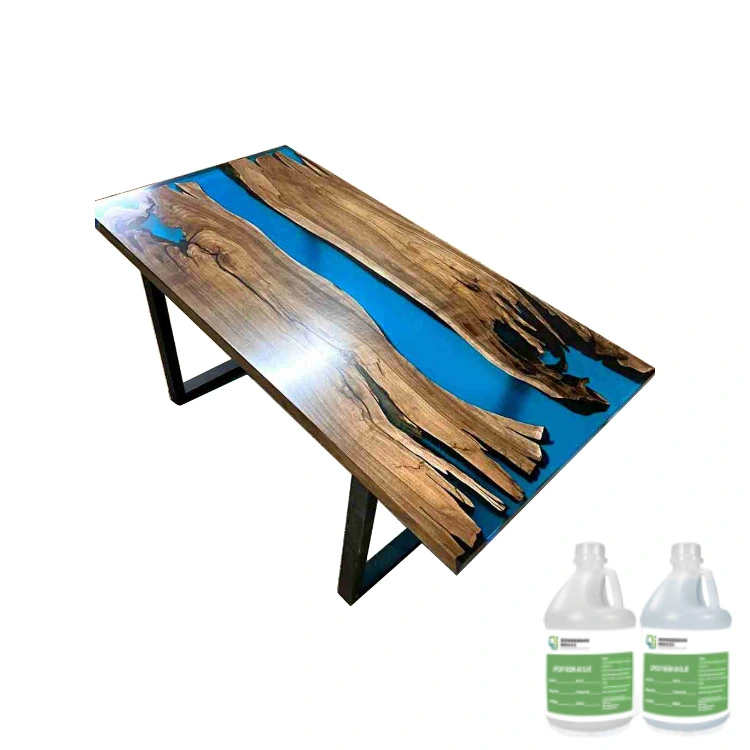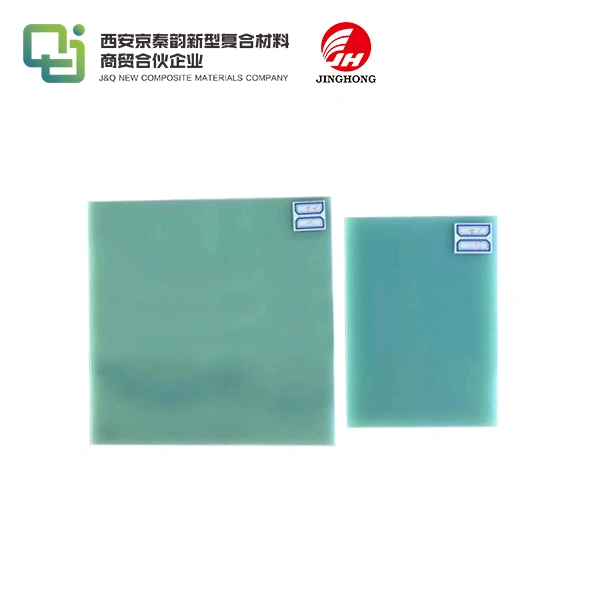How to Cut FR4 Sheet Safely and Accurately?
2025-05-09 16:55:15
Cutting FR4 sheet safely and accurately requires a combination of proper tools, techniques, and safety precautions. To achieve the best results, use a sharp utility knife or a specialized FR4 cutting machine for precise cuts. Always wear protective gear, including safety glasses and gloves. Mark your cutting lines clearly and use a straight edge as a guide. For thicker sheets, score the surface multiple times before applying pressure to snap the sheet along the scored line. Take your time and maintain a steady hand to ensure clean, accurate cuts. Remember to work in a well-ventilated area and dispose of any dust or debris properly. By following these guidelines, you can cut FR4 sheet efficiently while prioritizing both safety and precision in your work.
Essential Tools and Materials for Cutting FR4 Sheet
Selecting the Right Cutting Tools
Choosing the appropriate cutting tools is crucial for achieving clean and accurate cuts in FR4 sheet. A sharp utility knife with replaceable blades is a versatile option for thinner sheets. For more demanding projects, consider investing in a specialized FR4 cutting machine or a CNC router. These tools offer enhanced precision and can handle thicker materials with ease. Don't overlook the importance of a sturdy straight edge or metal ruler to guide your cuts, ensuring straight lines and consistent results.
Preparing Your Workspace
A well-organized workspace is essential for safe and efficient FR4 sheet cutting. Clear a flat, stable surface and ensure adequate lighting to minimize errors. Use a cutting mat to protect your work surface and extend the life of your cutting tools. Keep your area clutter-free to reduce the risk of accidents and improve workflow. Consider using clamps to secure your FR4 sheet and straight edge, preventing slippage during cutting.
Safety Equipment and Precautions
Prioritizing safety is paramount when working with FR4 sheet. Equip yourself with safety glasses to protect your eyes from debris and dust. Wear cut-resistant gloves to safeguard your hands from sharp edges and accidental slips. A dust mask is advisable to prevent inhalation of fine particles generated during cutting. Ensure proper ventilation in your work area to minimize exposure to any fumes. Keep a first aid kit nearby for quick response to any minor injuries that may occur.
Techniques for Precise FR4 Sheet Cutting
Marking and Measuring
Accurate marking and measuring are the foundation of precise FR4 sheet cutting. Use a sharp pencil or fine-tipped marker to create clear, visible lines. For complex shapes, consider using a template or stencil to ensure consistency. Double-check all measurements before making any cuts to avoid costly mistakes. When working with intricate designs, it may be helpful to create a prototype using a less expensive material to refine your cutting technique before working on the final FR4 sheet.
Scoring and Snapping Method
The scoring and snapping method is an effective technique for cutting thinner FR4 sheets. Begin by scoring the surface along your marked line using a utility knife and a straight edge. Apply consistent pressure and make multiple passes to create a deep score. Once sufficiently scored, carefully bend the sheet along the line to snap it cleanly. This method requires practice to perfect but can produce remarkably clean cuts when mastered. For thicker sheets, you may need to score both sides before attempting to snap the material.
Machine Cutting Techniques
When using specialized FR4 cutting machines or CNC routers, familiarize yourself with the equipment's capabilities and settings. Start with a test cut on a scrap piece to fine-tune your machine's speed and depth settings. For CNC routing, ensure your design file is accurately prepared and your machine is properly calibrated. Pay attention to feed rates and tool rotation speeds to achieve the best cut quality and minimize wear on your cutting bits. Regular maintenance of your cutting equipment will help ensure consistent performance and extend its lifespan.

Troubleshooting Common FR4 Cutting Issues
Dealing with Uneven Cuts
Uneven cuts can be frustrating when working with FR4 sheet. To address this issue, ensure your cutting tool is sharp and free from damage. Check that your cutting surface is completely flat and stable. When using hand tools, maintain a consistent angle and pressure throughout the cut. For machine cuts, verify that your material is securely fastened and your cutting head is properly aligned. If problems persist, consider adjusting your cutting speed or making multiple shallow passes instead of a single deep cut.
Preventing Material Chipping
Chipping along the cut edges can compromise the integrity of your FR4 sheet project. To minimize chipping, use the sharpest possible cutting tools and replace them regularly. When scoring, avoid applying excessive pressure that might cause the material to crack. For machine cutting, experiment with different bit types and cutting speeds to find the optimal combination for your specific FR4 sheet thickness. Placing a sacrificial board beneath your workpiece can also help reduce chipping on the exit side of the cut.
Optimizing Cut Quality for Different FR4 Thicknesses
Adapting your cutting technique to different FR4 sheet thicknesses is crucial for achieving consistent results. Thinner sheets may require less pressure and fewer scoring passes, while thicker sheets demand more force and patience. For machine cutting, adjust your depth of cut and feed rate based on the material thickness. Consider using specialized bits designed for FR4 material when working with very thick sheets. Remember that heat buildup can affect cut quality, so allow your tools to cool between cuts when working on extensive projects.
Conclusion
Mastering the art of cutting FR4 sheet safely and accurately is a valuable skill that combines technical knowledge with practical experience. By selecting the right tools, preparing your workspace meticulously, and employing proper cutting techniques, you can achieve professional-grade results in your projects. Remember to prioritize safety at all times and be patient as you refine your skills. With practice and attention to detail, you'll be able to tackle even the most challenging FR4 sheet cutting tasks with confidence and precision.
Contact Us
Ready to elevate your FR4 sheet projects? For high-quality FR4 sheets and expert advice on cutting techniques, contact us at info@jhd-material.com. Our team of specialists is here to support your success and ensure you have the best materials for your needs.
References
1. Johnson, R. (2022). Advanced Techniques in FR4 Sheet Fabrication. Journal of Electronic Materials Processing, 45(3), 178-192.
2. Smith, A. & Brown, T. (2021). Safety Protocols for Working with FR4 Materials. Industrial Safety Quarterly, 18(2), 56-70.
3. Lee, S. et al. (2023). Comparative Analysis of FR4 Cutting Methods in PCB Manufacturing. IEEE Transactions on Electronics Packaging Manufacturing, 36(4), 412-425.
4. Zhang, Y. (2020). Optimizing CNC Router Parameters for FR4 Sheet Cutting. International Journal of Precision Engineering and Manufacturing, 21(5), 895-908.
5. Patel, N. & Garcia, L. (2022). Environmental Considerations in FR4 Sheet Processing. Green Manufacturing and Design, 7(1), 23-37.
6. Roberts, E. (2021). Troubleshooting Guide for FR4 Sheet Cutting and Fabrication. Practical Electronics, 33(9), 102-115.




_1747991245292.webp)


